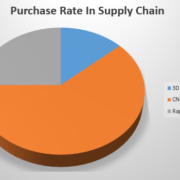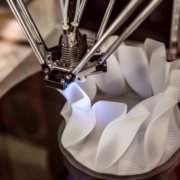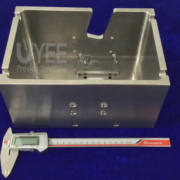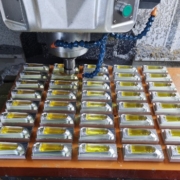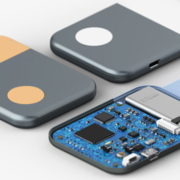3D Printing Service Is Boomed Today
Three-D printing is a process by which a solid object is fabricated from a digital model. Designers upload CAD files to 3D printers, which create a solid 3D object. The most common materials used for 3D printing include plastic and metal, though they can be printed with other materials as well. Cutting-edge bioinks are now being used in 3D printers, including human cells and gelatin. These cutting-edge materials can help create complex models of tissue. The use of edible materials has also become widespread.
The technology has revolutionized production systems. For example, it allows for quick prototyping and adaptation. By printing parts in layers, it is possible to create intricate shapes, enabling rapid prototyping and production. A large spool of filament can be used to create over 200 smartphone cases, for example. A high-quality model can also reduce the cost of prosthetics and improve their fit and durability. Its many benefits go beyond just prototyping, though.
The Benefits of a 3D Printing Service
The technology’s main advantage is that it is cheap. Unlike manufacturing processes where large quantities of materials are expensive, 3D printing allows individuals and businesses to cut costs and produce bespoke parts. The technology is also highly versatile and can produce complex objects with complex geometries. This technology is important for many industries, including aerospace, since it can help design lightweight, complex parts. The process can also reduce fuel consumption and reduce environmental impact while advancing the prototyping process.
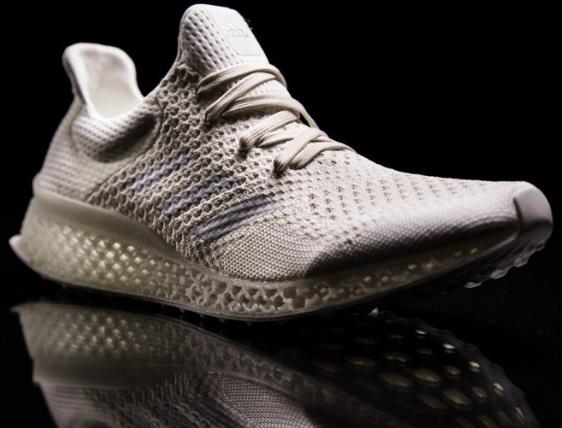
-
Custom Products
Although 3D printers are still commonly used in factories and design studios, they are increasingly found at home by hobbyists. It is a growing phenomenon and will continue to grow over time. It is also an excellent way to improve the quality of custom-made products. Its popularity has been boosted by the rise in recent years. There are many different types of applications that you can create with it. If you’re a professional designer, 3D printing can help you with your designs.
-
The Application In The Medical Industry
In addition to manufacturing, 3D printing can be used for many other purposes. It can be used to make prosthetics and implants. Surgeons can also use it to create hearing aids and other custom-made items. For example, they can use a 3D-printed model to repair broken bones. And 3D printing can also be used to create human body parts and tissues. The future of manufacturing is limitless, and it can help you in many ways.
The Advantages and Disadvantages of 3D Printing
The advantages of 3D Printing are vast. The process enables designers to create more complex models and to use advanced materials that are often light and strong. The process has revolutionized almost every industry from fashion to architecture. It is also used to produce prosthetic limbs, implants, and organs. The following are some of the advantages of 3D Printing. This article will explain the different types of 3D printers and what they can and cannot do.
The most common use for 3D printing is to make prototypes. With this technology, a company can test new designs and ramp up development. Unlike with other manufacturing methods, there are no costly prototypes or proprietary tools required. This makes 3D printing a great tool for rapid manufacturing. Besides prototyping, 3D printing is also ideal for industrial applications. It saves money by cutting down on the time it takes to make an object.
-
The Advantages of 3D Printing
Some of the advantages of 3D printing include the ease of replicating objects, high-quality parts, and customized designs. Several other benefits of 3D printing include the ability to use advanced materials and lightweight construction. While the initial cost of 3D printing may be high, it will be worth it in the long run. And while 3D printing has the potential to change nearly every industry, it’s crucial to understand how this technology works.
The process of 3D printing uses very little material. The only time it produces waste is when the product needs to be post-processed. Because the process is additive, it can be used for a wide range of applications. The list of materials that can be used for 3D printing continues to grow. Many industries, including the aerospace industry, are already using 3D printing. This process is especially useful for prototyping and creating lightweight, complex geometries.
Although some 3D printing technologies require supports, they can produce parts with high geometric complexity that traditional manufacturing methods cannot match. NASA, for example, has used this technology to reproduce the fragile artifacts of the Islamic State in Iraq and Syria. Archaeologists are also using 3D printers to create replicas of fossils and other items. The process is so fast and accurate that it’s used in medical research as well.
-
The Disadvantages of 3D printing
The disadvantages of 3D printing include its size and durability limitations. The main disadvantage of 3D printing is that it is limited to non-structural parts. For structural parts, however, a CNC machine is a better option. This technique allows a company to produce industrial-level parts in a single day instead of weeks. It also saves a lot of money. For instance, it’s possible to print a large-scale model in a single day, whereas CNC machining requires a week.
The Bottom Line
The advantages of 3D printing over traditional manufacturing include a reduced cost, improved precision, and flexibility. The process of conventional 3D printing produces parts with non-structural characteristics, such as jewelry. While it can be more cost-effective than subtractive manufacturing, it’s still not a substitute for CNC machining services. In addition to improving manufacturing quality, CNC machines can also produce parts with higher tolerances. Despite the limitations of additive manufacturing, the process has many advantages.

